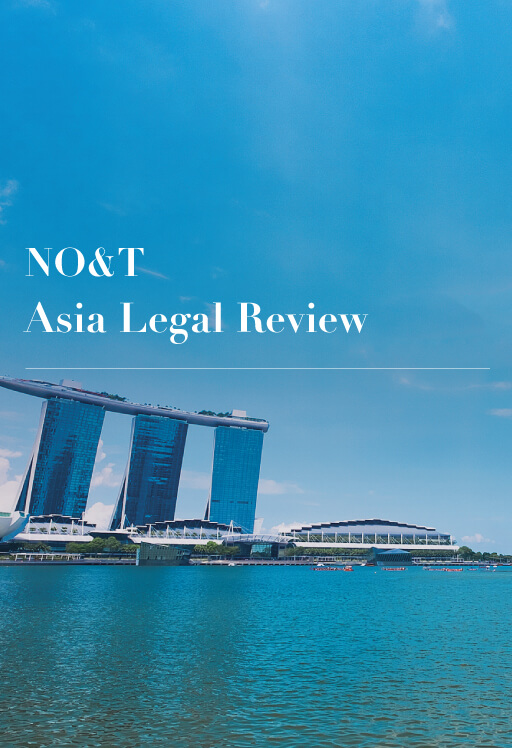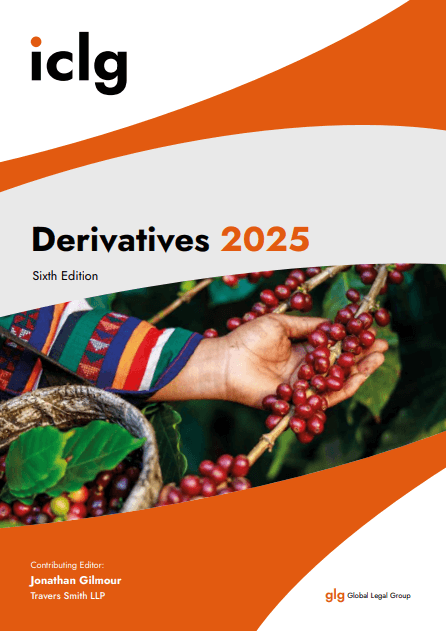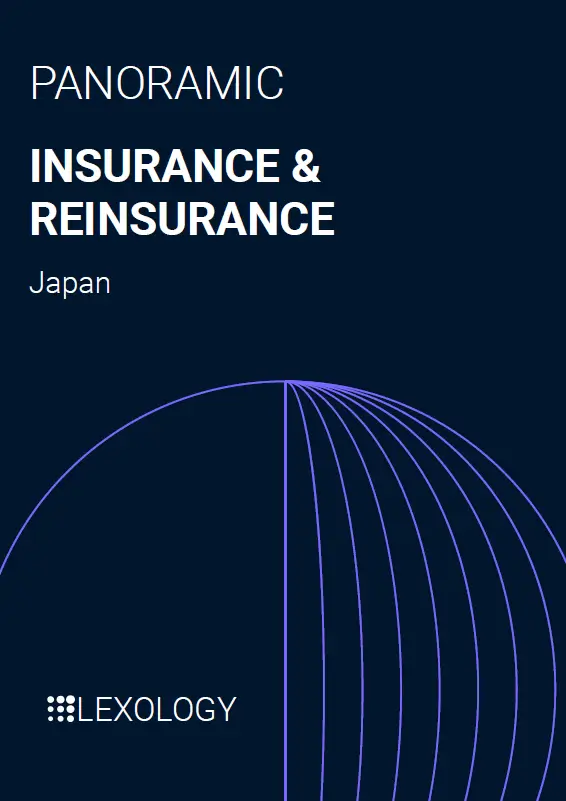
NO&T Asia Legal Review
As interest rates of loans granted by domestic banks or branches of foreign banks in Vietnam are significantly higher than that in the international market, most foreign invested enterprises (“FIEs”) rely on offshore loans such as loans from their parent companies or foreign banks. The Government and the State Bank of Vietnam (“SBV”) have issued the following key regulations to manage offshore loans:
Currently, SBV is drafting circulars to amend both Circular 12 and Circular 03. In this article, we set out a summary of the current regulations and the amendments proposed in the draft circular amending Circular 12 (“Draft Circular”).
Under Circular 12, a borrower is only permitted to use an offshore loan for the following purposes:
Thus, it is impossible to use an offshore loan to restructure/refinance a domestic loan. In general, the SBV also tends to reject the registration of medium- or long-term offshore loan to fund the shares acquisition by the borrower in another enterprise if the borrower is not an investment fund or an organization licensed to conduct shares trading business. This has been reflected in the Draft Circular by requiring that the use of offshore loan must be in line with the borrower’s registered business lines.※1 Besides, the Draft Circular substantially narrows down the permissible purposes of offshore loans, in particular:
Every year the Prime Minister approves the national offshore borrowing limit that is divided into the limit of loans being guaranteed by the Government and offshore loans which are not guaranteed by the Government. Save for giant projects, such limit would not affect the registration of non-Government guaranteed offshore loans. However, in certain years, the delay in approving the borrowing limit by the Prime Minister may delay the loan registration by the SBV at the beginning of a year.
Additionally, there are specific borrowing limits applicable to certain sectors (e.g. real estate sector, banking sector) or types of enterprises (e.g. FIEs).
Real estate business: The investor(s) in a real estate project must ensure that the equity capital (“vốn chủ sở hữu” in Vietnamese) is not less than 20% of the total investment capital for a project using less than 20 hectare of land, and not less than 15% of the total investment capital for a project using 20 hectare of land or more.※2 The determination of equity capital is based on the results of the most recent audited financial statements or the results of independent audit reports of the operating enterprise in the immediately preceding year or actual contributed charter capital of newly established enterprise.※3
The regulation on the financial sources for commercial residential houses project does not refer to offshore loans.※4 In its official letter No. 156/BXD-QLN dated 15 June 2017 responding to the SBV's official letter No. 3933/NHNN-QLNH dated 25 May 2017 regarding the possibility to use offshore loans for commercial residential houses projects, the Ministry of Construction highlighted that the loans must be granted by credit institution or financial institutions licensed to operate in Vietnam. Accordingly, it may be interpreted that offshore loans cannot be used to finance a commercial residential house project.
For projects for which an Investment Registration Certificate (“IRC”) has been issued (e.g. project of foreign investors): The IRC of each project specifies its investment capital and contributed capital. The total of offshore loans that the company implementing the project may mobilize for such project will be limited to the difference between its investment capital and charter capital.
For projects without obtaining an IRC: The total medium- and long-term loans (including outstanding domestic loans) must not exceed the total loan demand in the production or business plan, or investment project approved by the competent authority.
The Draft Circular retains the above-mentioned limits and adds the following severe conditions:
Credit institutions: If the borrower is a credit institution or branch of a foreign bank in Vietnam, it must observe the regulations of safety ratios and the offshore loan must satisfy the following supplemental limits:
For short-term loans: the ratio of total outstanding of short-term offshore loans to total equity in 2023 must not exceed 25% for a credit institution and 100% for a branch of foreign bank in Vietnam. From 2024 onward, such ratios will reduce to 20% and 80% respectively;
For medium- and long-term loans: the ratio between the total or net capital withdrawal of the medium- and long-term loans within one year (i.e. withdrawn amount minus repayment amount) and the equity at the last working day of the month preceding the month signing the offshore loan agreement must not exceed 10% for a commercial bank and 50% for non-banking credit institution or branch of a foreign bank in Vietnam.
Although Circular 12 defines the borrowing costs to be the interest and other fees in connection with the loans payable by the borrower to the lenders, loan securing party, loan insurer, agents and other relevant parties, it does not limit the borrowing costs. In practice, SBV does not seem to query if the borrowing costs of an offshore loan is equal or less than the average costs of a similar domestic loan.
However, the Draft Circular limits the borrowing costs to the following caps:
In order to monitor the loan costs, the borrower is required to show the table of estimated loan costs to the credit institution or to include the table in its application submitted with the SBV for offshore loan registration.
In principle, the borrower may use its own assets or third party’s assets to secure an offshore loan or guarantee the loan. Circular 12 merely stipulates that the security transactions must follow the general regulations. However, due to its particular features, the security transactions relating to offshore loans are not concluded and enforced effectively in practice. Therefore, the Draft Circular stipulates that in case the collateral is located in Vietnam and the secured party will not receive the collateral to replace the secured obligation, the parties must select a collateral settlement organization being a credit institution, branch of a foreign bank, or legal entity being established and licensed to operate in Vietnam.
As Circular 12 is silent on foreign exchange management, the general regulations will apply. The Draft Circular imposes substantial burden on borrowers by requiring the borrower of an offshore loan in foreign currency to enter into foreign exchange derivative transactions for the term of transaction in line with the principal repayment plan, in particular:
As the Draft Circular introduces substantially stringent conditions of borrowing and using offshore loans, its future enactment will certainly affect financial sources for enterprises. Therefore businesses operating in Vietnam must take these amendments into account.
*1
Under the Law on Enterprises, the business line is a compulsory content of the business registration contents that an enterprise must notify the Business Registration Office.
*2
Decree 02/2022/ND-CP implementing the Law on Real Estate Business, Art. 4.2.
*3
Decree 02/2022/ND-CP implementing the Law on Real Estate Business, Art. 4.
*4
Housing Law, Art. 69.
*5
6-month Term SOFR announced by CME on its official website.
This newsletter is given as general information for reference purposes only and therefore does not constitute our firm’s legal advice. Any opinion stated in this newsletter is a personal view of the author(s) and not our firm’s official view. For any specific matter or legal issue, please do not rely on this newsletter but make sure to consult a legal adviser. We would be delighted to answer your questions, if any.


Makoto Saito, Shinichiro Horaguchi, Yoshihisa Watanabe, Ramsay Randall (Co-author)


Makoto Saito, Shinichiro Horaguchi, Yoshihisa Watanabe, Ramsay Randall (Co-author)


Takehito Matsumoto


(June 2025)
Ichiro Oya, Masayuki Fukuda, Hideaki Suda, Tsutomu Endo (Co-author)


(May 2025)
Keitaro Oshimo


Ario Putra Pamungkas


(October 2024)
Sosuke Kimura (Co-author)


(September 2024)
Keiko Shimizu, Kensuke Suzuki, Takashi Itokawa (Co-author)


Patricia O. Ko


Ngoc Hoang


Yuan Yao Lee


Chattong Sunthorn-opas, Thunsinee Sungmongkol (Co-author)


Patricia O. Ko


Ngoc Hoang


Yuan Yao Lee


Chattong Sunthorn-opas, Thunsinee Sungmongkol (Co-author)


Ngoc Hoang


Long Nguyen


Nga Tran


Hoai Tran